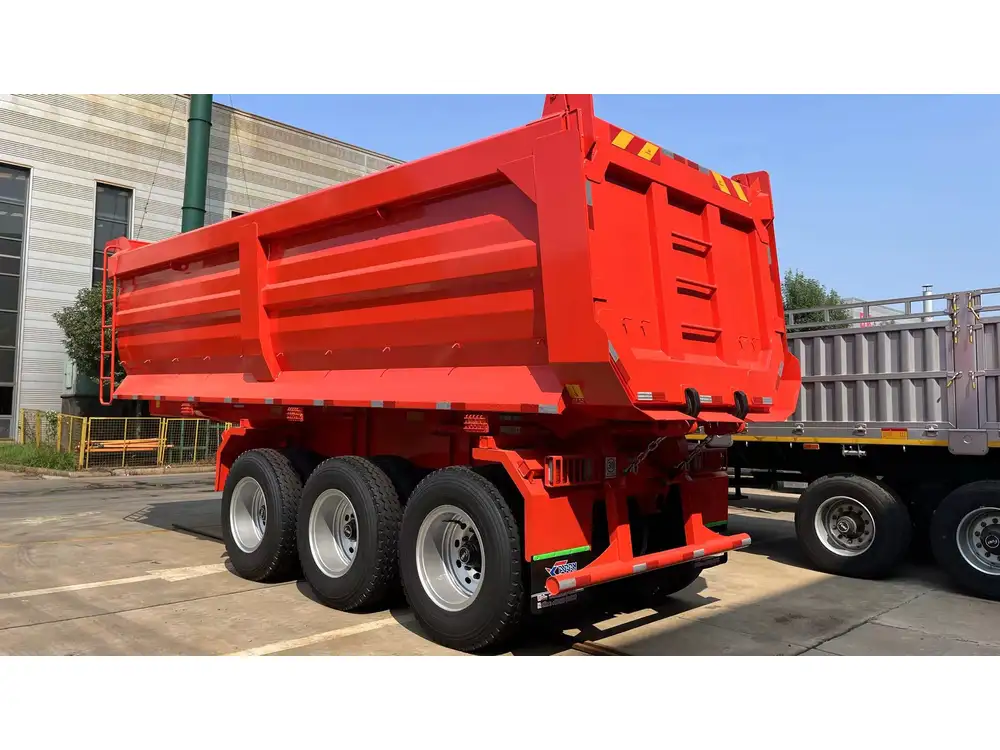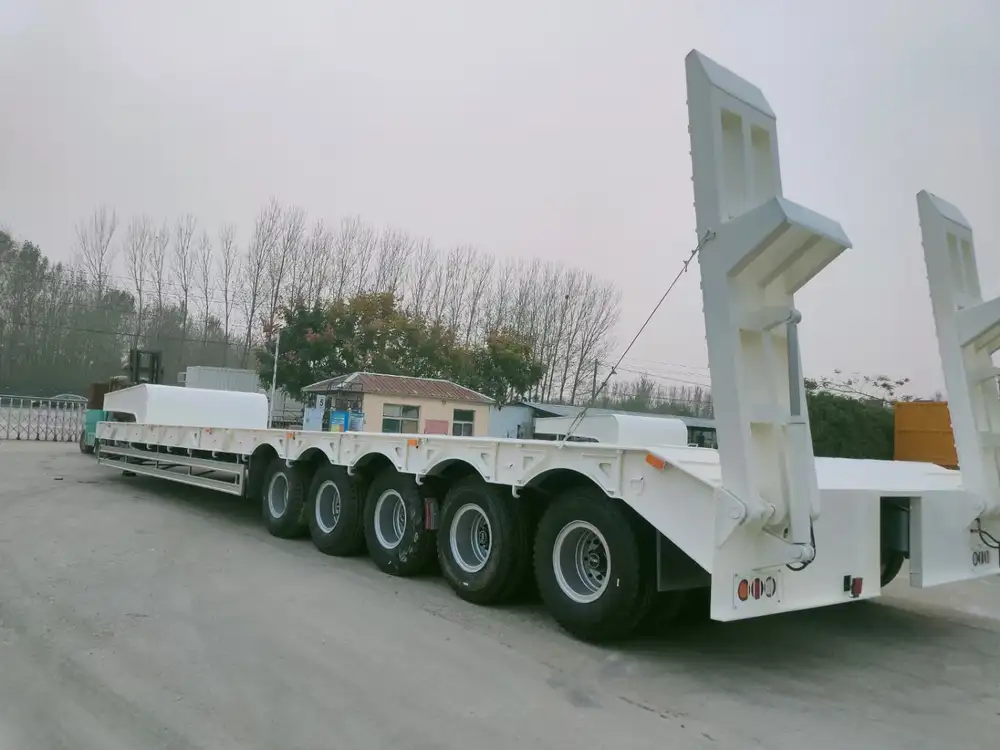Building a LEGO semi truck and trailer is not only an enjoyable endeavor; it also fosters creativity and improves fine motor skills. This guide provides an extensive walkthrough for constructing a semi truck and trailer using LEGO bricks, ensuring you achieve an impressive and functional model.
Essential Materials for Your LEGO Build
Before embarking on your building journey, gather the necessary components. Below is a detailed list to help you get started:
| Component | Description |
|---|---|
| LEGO Bricks | Various sizes, including basic 2×4, 2×2, and specialty pieces for aesthetics and functionality. |
| Wheels | Standard LEGO wheels that fit your selected truck size. |
| Base Plates | Large base plates for the truck chassis and trailer. |
| LEGO Figures | Optional, for a more dynamic display. |
| Accessories | Items such as exhaust pipes, lights, and decals for customization. |
Understanding the Basic Structure
Before diving into construction, it’s vital to comprehend the anatomy of a semi truck and trailer. A typical set-up consists of:
- Truck Cabin: The front section where the driver sits.
- Chassis: The backbone of both the truck and trailer providing stability.
- Cargo Bed: The area that holds cargo on the trailer.
- Coupling Mechanism: The joint that connects the truck cabin to the trailer.

Step-by-Step Building Process
Phase 1: Constructing the Truck Cabin
Begin with the Base: Start with a sturdy rectangular base using 2×8 LEGO bricks. This will support the entire truck cabin.
Build Up the Sides: Attach 2×4 bricks vertically on each side of the base to create walls. You may choose to add windows using transparent bricks.
Create the Roof: Once your walls are erected, add a flat piece (2×8 or larger) on top to serve as the roof.
Add Details: Utilize smaller bricks for headlights and grille, enhancing the realism. Place LEGO plates on top to represent air intakes.
Insert the Windshield: Place a clear LEGO panel in the front to represent the windshield.
Position the Driver’s Seat: Inside the cabin, using a 2×2 brick, install a seat for the driver to complete the interior.
Phase 2: Building the Truck Chassis
Form the Chassis: Use long bricks, typically 2×10 or larger, to create the foundation of the truck. Ensure it’s sturdy enough to hold the entire structure.
Attach Wheels: Depending on the size of your truck, place wheels at appropriate intervals along the chassis. Ensure they spin freely for a functional model.
Integrate the Coupling: At the rear end of the chassis, attach a coupling mechanism using a combination of 1×2 and 1×1 bricks. This will connect to the trailer.

Phase 3: Assembling the Trailer
Construct the Trailer Base: Similar to the truck chassis, create a rectangular base using larger LEGO bricks.
Build the Cargo Bed: Use various-sized bricks to create walls and a flat surface to house the cargo. Consider including a detachable or liftable mechanism for added detail.
Attach Wheels to the Trailer: Position the wheels beneath the trailer base, allowing for smooth mobility.
Design the Rear Coupling: Similar to the truck, incorporate a rear coupling that can attach to the truck’s front hitch.
Phase 4: Final Details and Customization
Choose Cargo: You may add unique items as cargo within the trailer, like LEGO bricks in various colors or themed items like barrels or crates.
Decals and Paints: If desired, customize your truck and trailer with decals or paint to showcase your personal style.
Incorporate Moving Parts: If you’re adept at more advanced LEGO techniques, you can add features like tilting cargo beds or opening doors.
Advanced Techniques for Enhanced Realism
For enthusiasts looking to elevate their models, consider the following advanced building techniques:
- LEGO Technic: Integrate Technic pieces for realistic moving parts, including steering mechanisms or adjustable trailers.
- MOC (My Own Creation): Experiment with unique designs or themes, creating custom characters or environments around your model.
- Lighting: Consider using small LED lights to illuminate your creation, giving it a realistic touch especially for night displays.

Troubleshooting Common Building Issues
Despite your best efforts, you may face hurdles in the construction process. Here’s a table with potential problems and their solutions:
| Problem | Solution |
|---|---|
| Wheels Won’t Spin | Adjust the axle length or check if they’re properly aligned. |
| Structure Falls Apart | Reinforce weak points with additional bricks or plates. |
| Inconsistent Design | Refer to reference images or blueprints for guidance. |
Maintaining Your LEGO Semi Truck and Trailer
Once constructed, maintaining your LEGO model is key to ensuring longevity and aesthetic appeal.
- Regular Cleaning: Gently clean with a damp cloth to remove dust and fingerprints.
- Avoid Sunlight: Store your model away from direct sunlight to prevent discoloration.
- Keep Away from Small Children: If not displayed, keep away from small hands that may dismantle your hard work.
Showcasing Your Finished Model
After putting in the effort to build your LEGO semi truck and trailer, it’s time to show it off!
- Display in a Shadow Box: Use a shadow box for a dust-free display while showcasing your creativity.
- Create a LEGO Showpiece: Gather fellow enthusiasts for a small exhibition. Share your building experiences and gather feedback for future projects.
- Document Your Build: Consider creating a time-lapse or photo series of your build process, sharing it on social media or LEGO fan forums.

Conclusion: The Journey of Construction
Constructing a LEGO semi truck and trailer encompasses creativity, patience, and precision. Each methodical step brings you closer to mastering this enjoyable craft, providing countless hours of engagement. Embrace the challenges that arise during construction; they only serve to enhance your building skills. Moreover, the satisfaction of seeing your completed model stand tall is unrivaled, and you may just find inspiration for your next project brewing within you.
Incorporating the journey of building a LEGO model goes beyond merely stacking blocks; it’s about forming connections, exploring technical challenges, and celebrating artistic expression. Take pride in your work and remember that every LEGO piece has its place. Whether displayed as a centerpiece or used in imaginative play, your enthusiasm for modeling reflects in every brick you lay.



